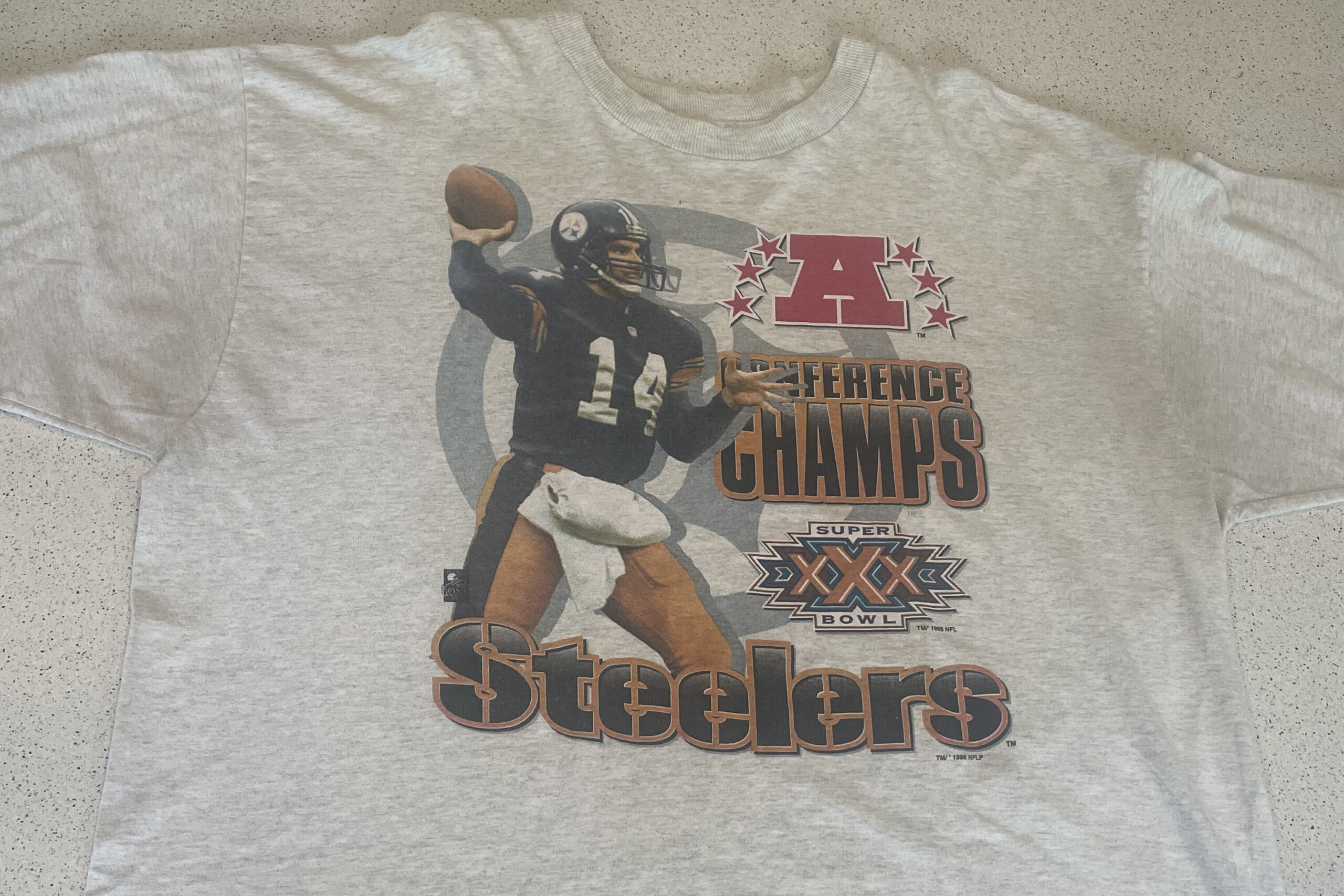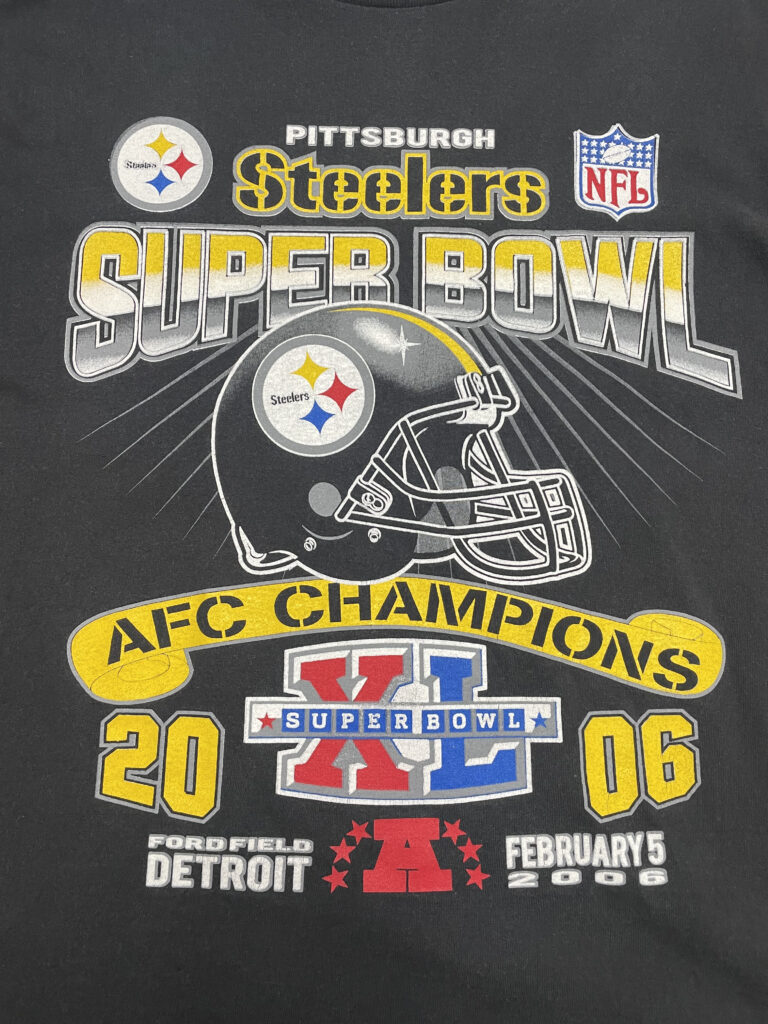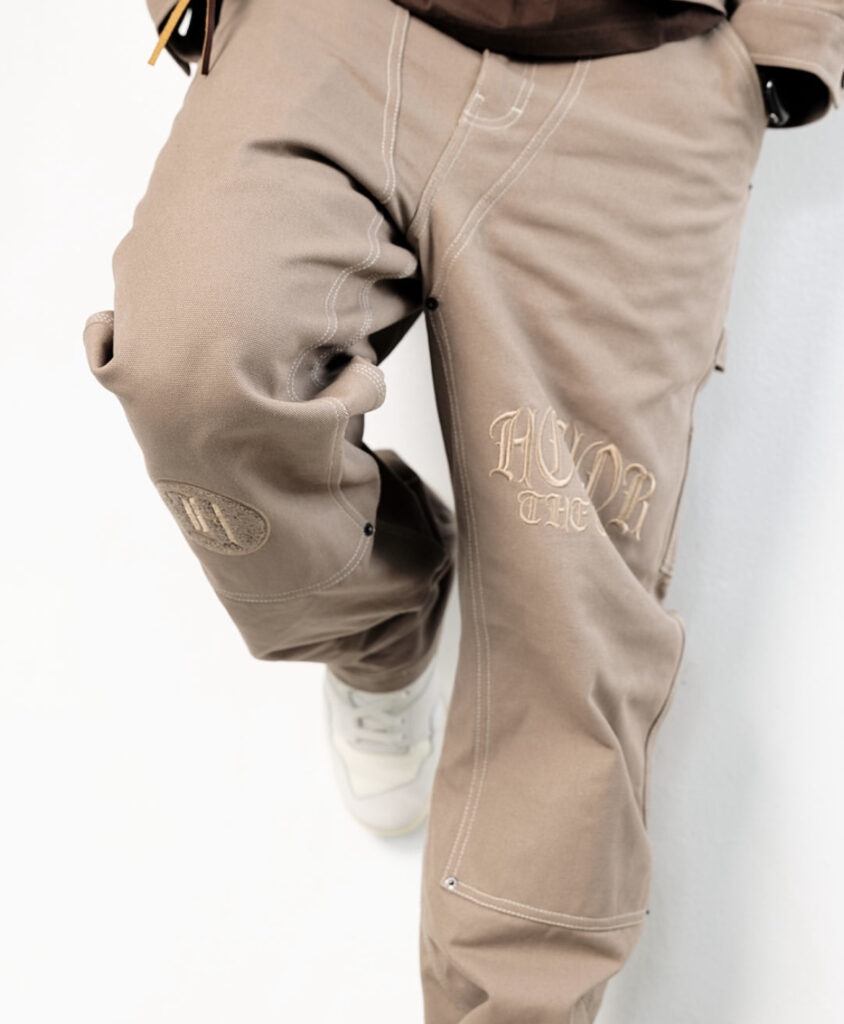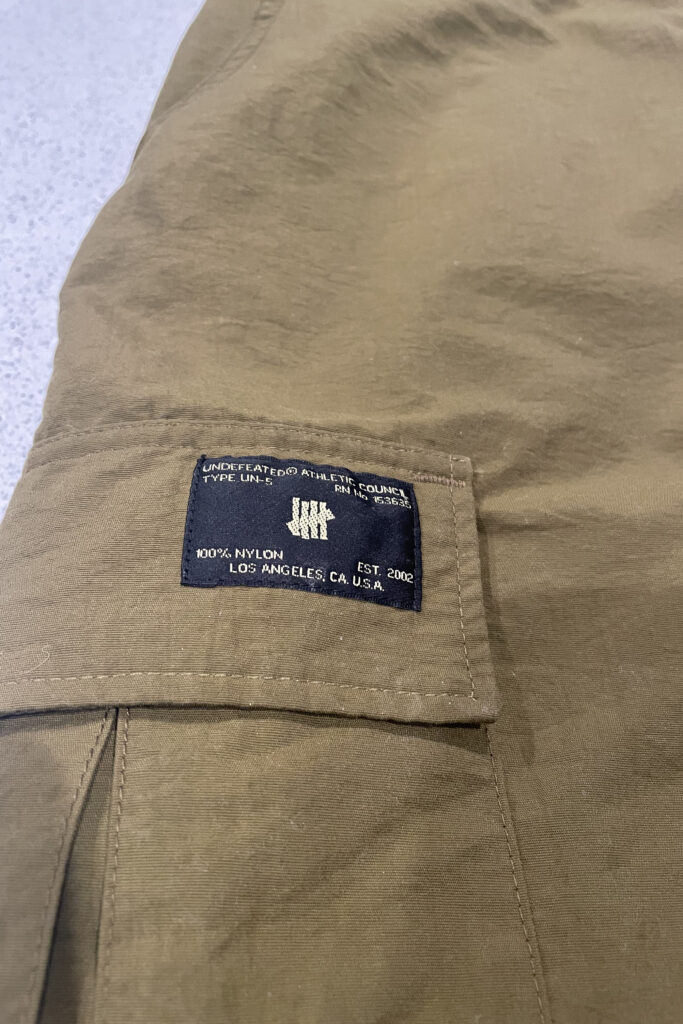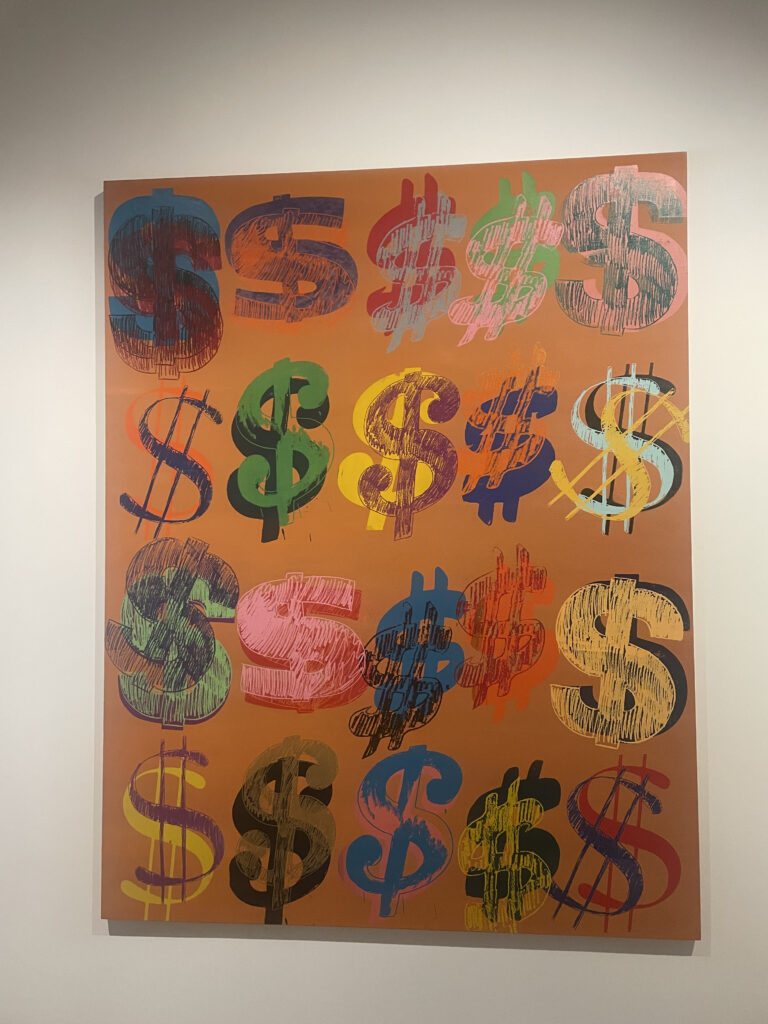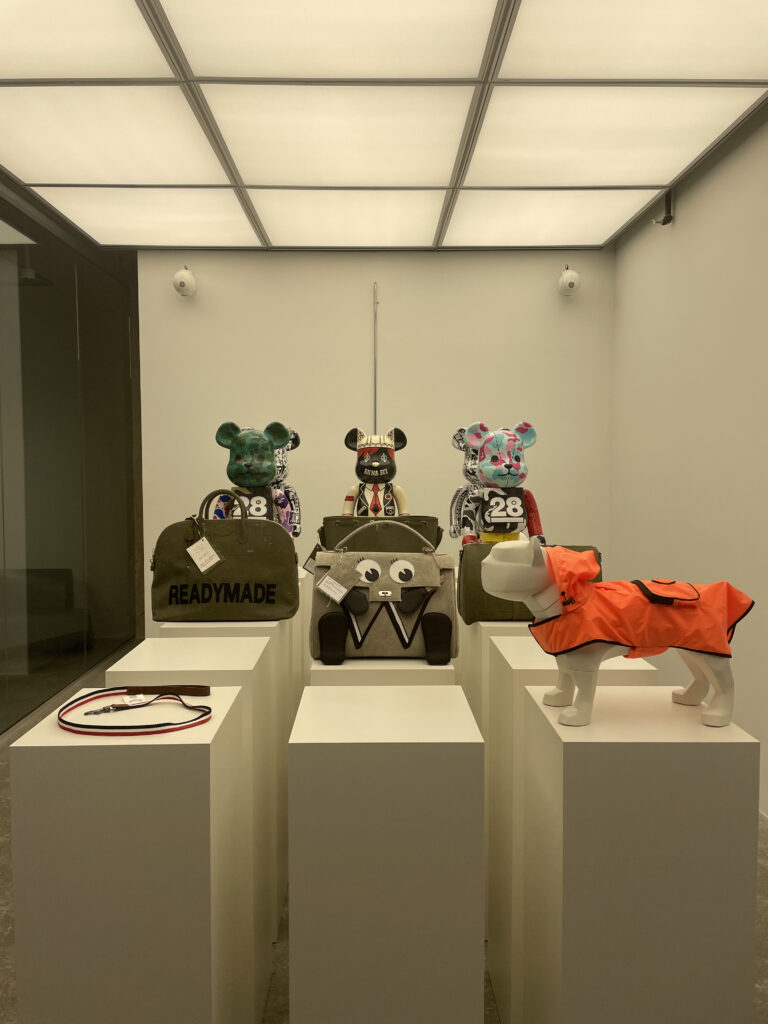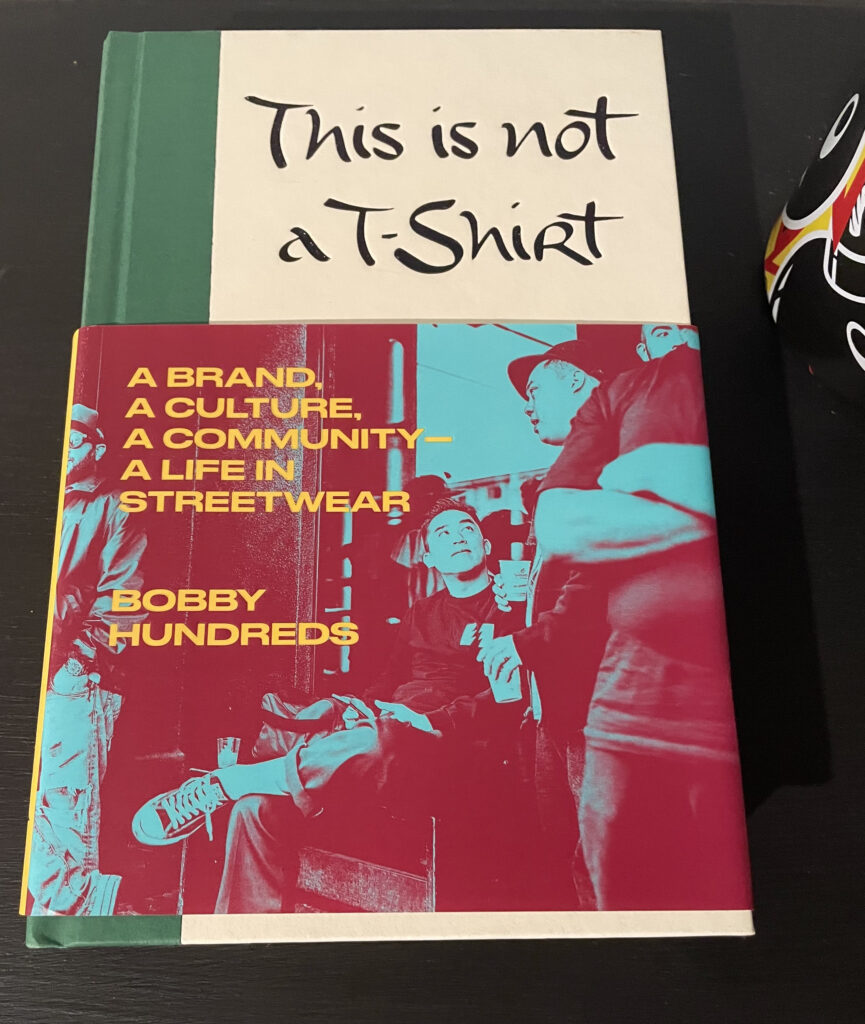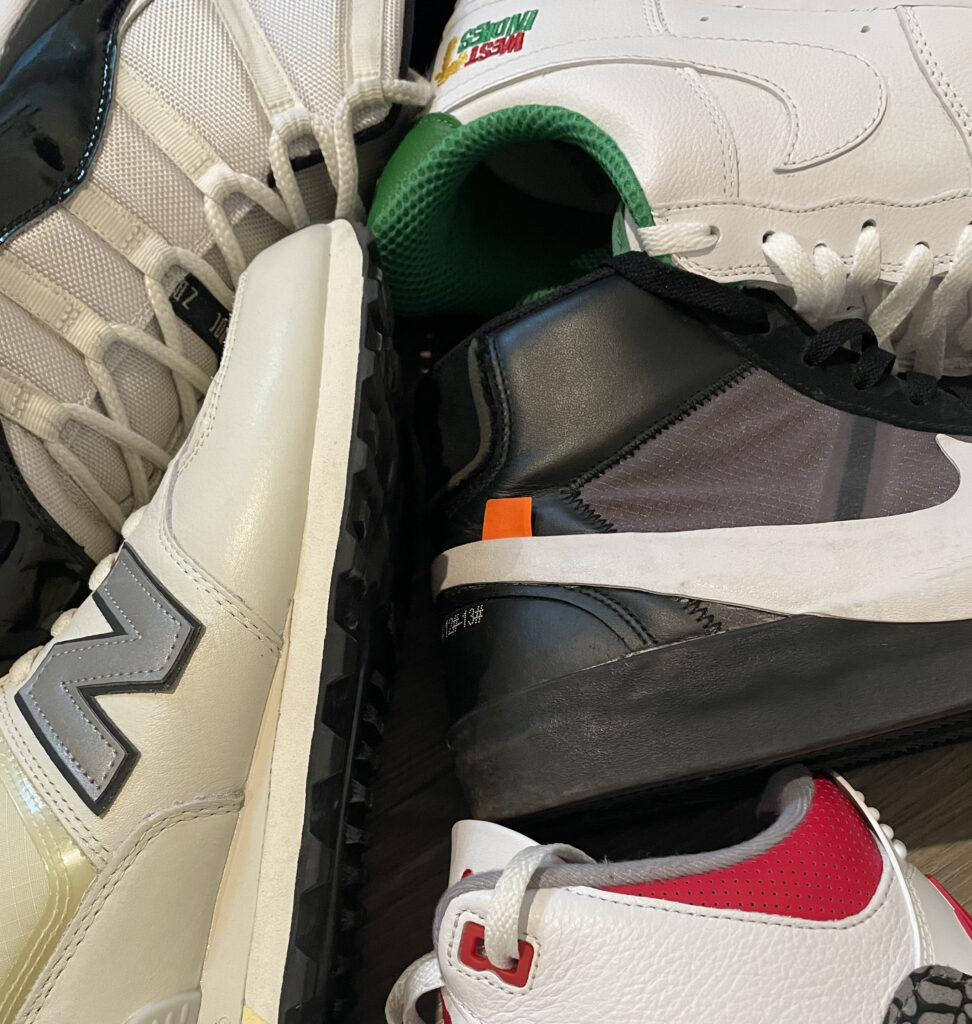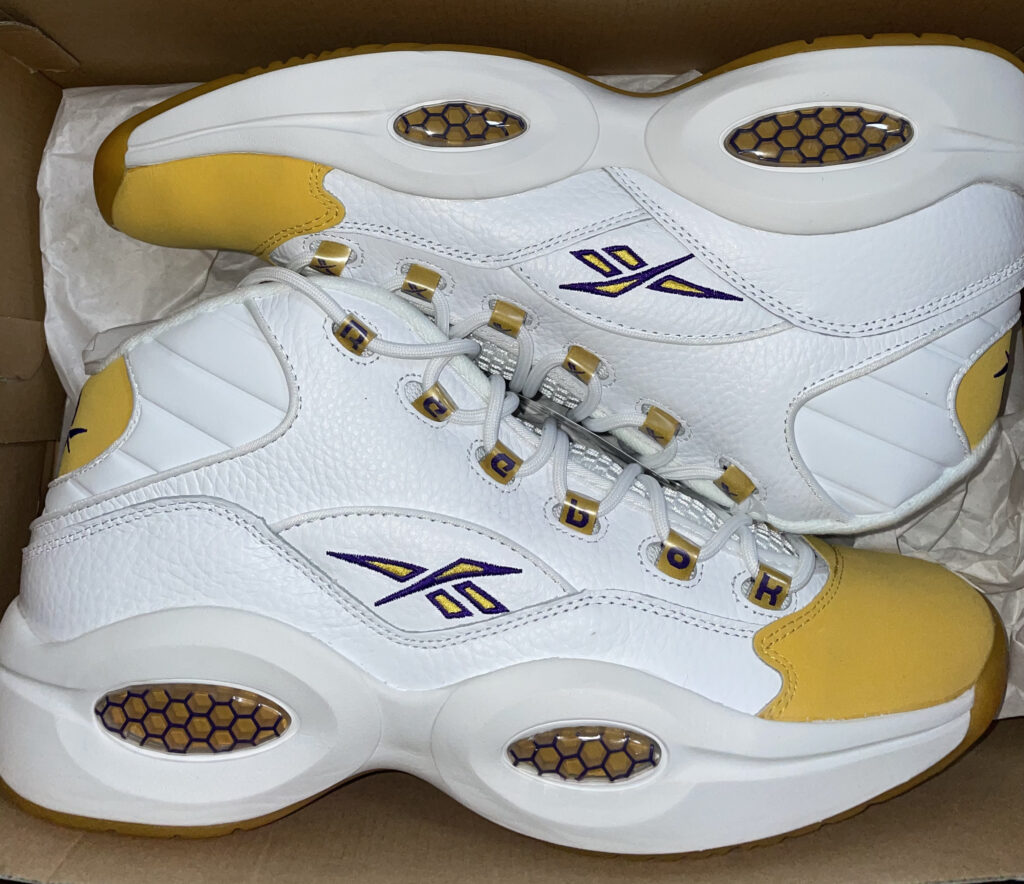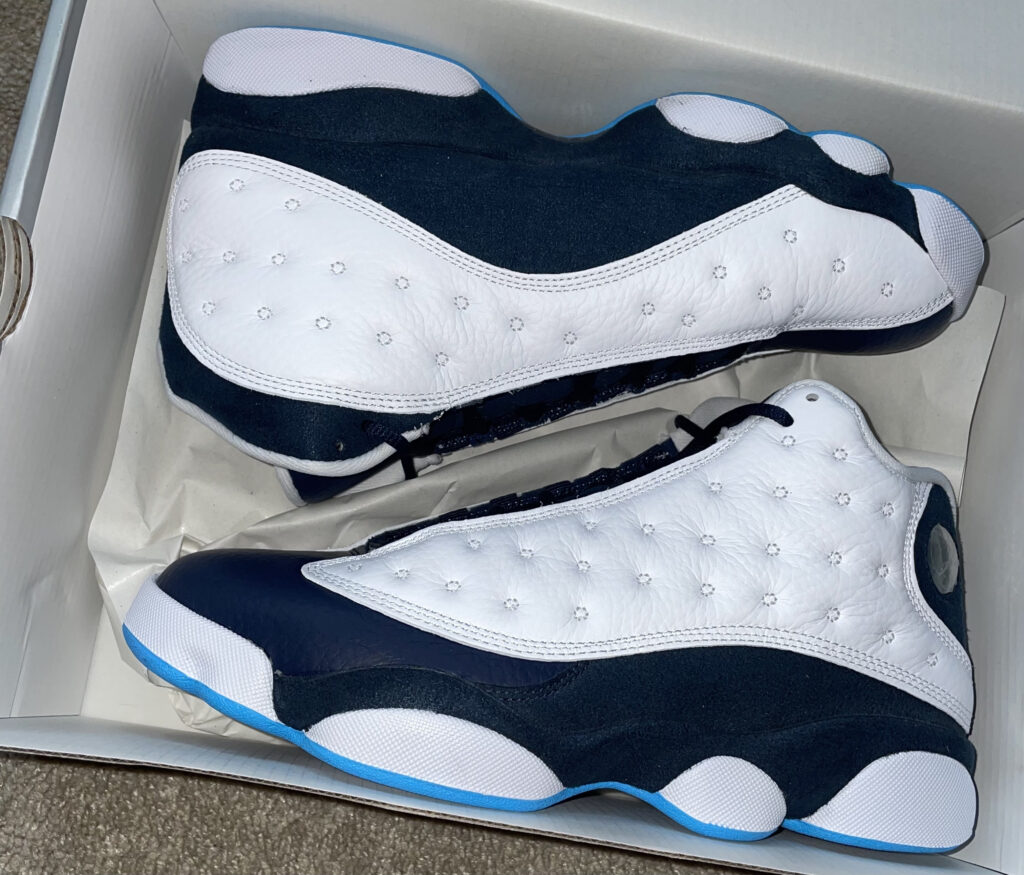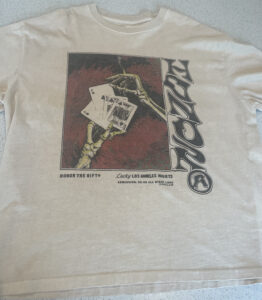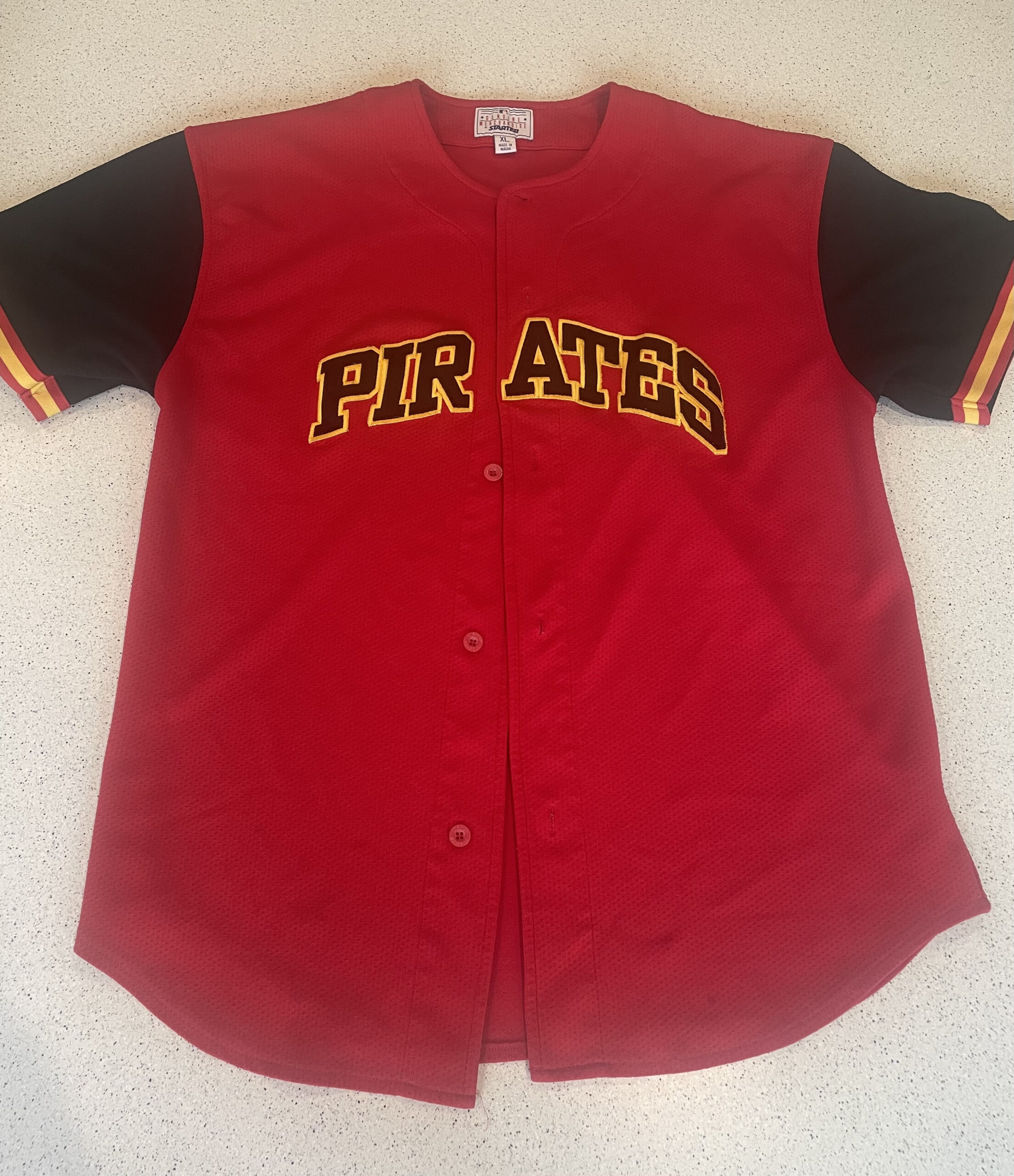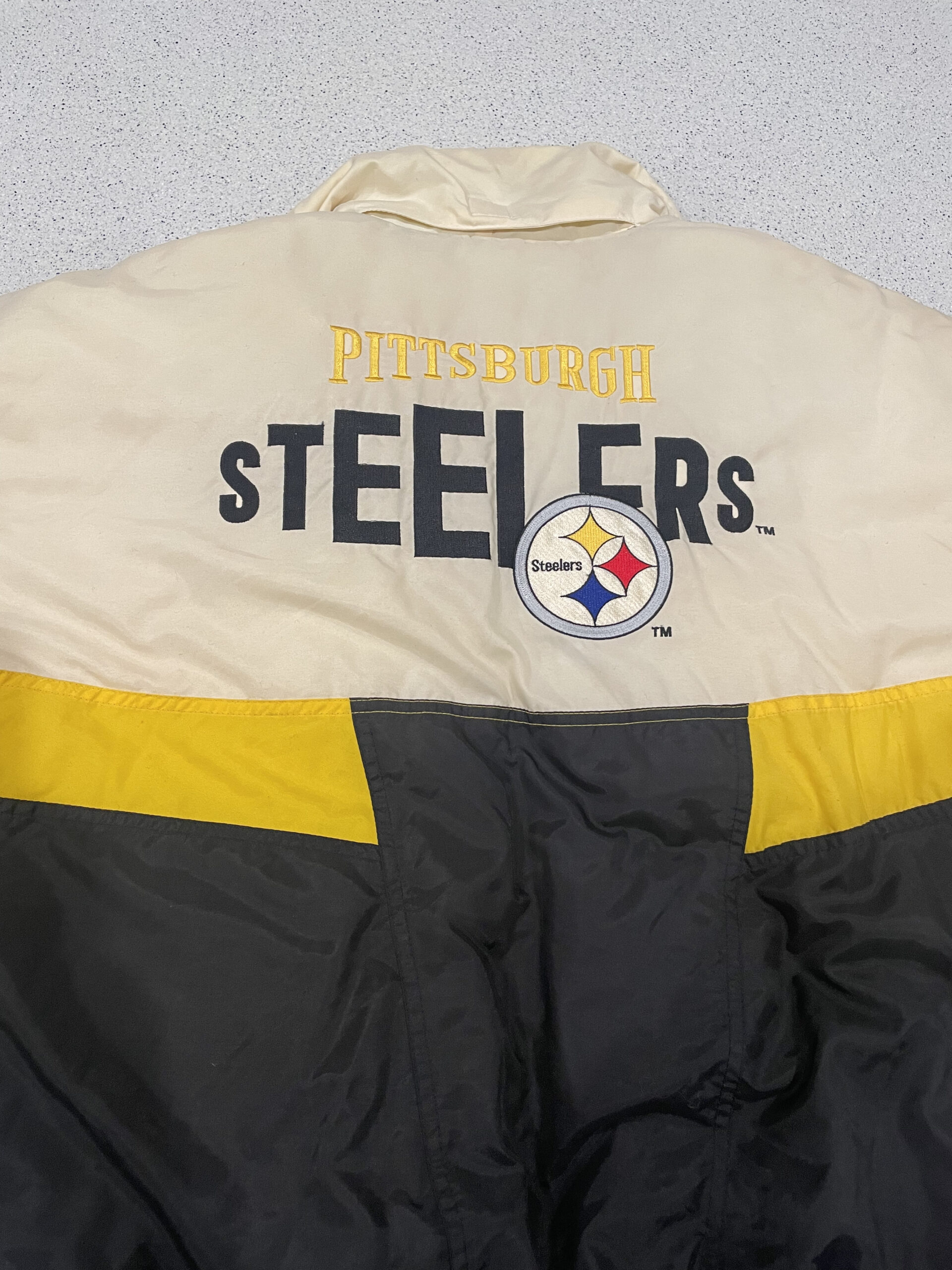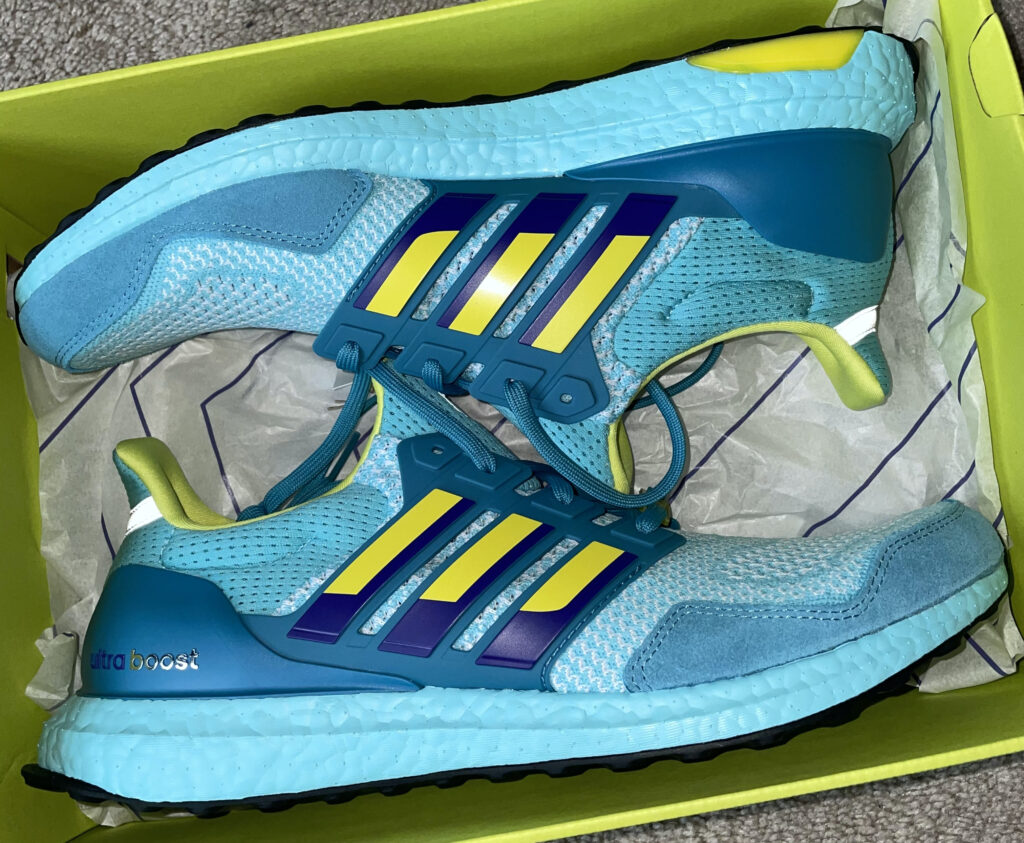Without a question, fashion tends to heavily rely on trends. What’s hot now will be all over Instagram or Twitter until the next best thing comes around. How many Denim Tears sweat suits are posted on a regular basis? How about Nike Panda Dunks? Some trends have people in a chokehold will others bring out the best of fashion. Creating your unique personal style isn’t about following trends to a T, but instead experimenting to find a unique fashion taste.
Trends come and go. Personal style stays around for years to come. Anyone can follow a trend, but few actually take pride in finding their own unique style.
Unique Personal Style Through Trial and Error
Personal style isn’t meant to remain stagnant forever. It often changes, shifts, morphs, and adjusts to forever changing muses and inspirations.
Throughout trial and error, a prevalent unique personal style comes over time. Anyone who looks to stand out curates a look unique to them for countless reasons. When starting to take fashion and overall appearance more seriously, it’s inevitable to not feel or look your best 24/7.
Taking the time to curate personal style takes time and patience. Style constantly changes as bodies change, ideals shift, and influences transform. Dramatic and subtle changes both play a role in one’s unique style. Inspiration can literally come from anywhere. Someone might be influenced or inspired by their favorite rapper or something more general like Japanese streetwear.
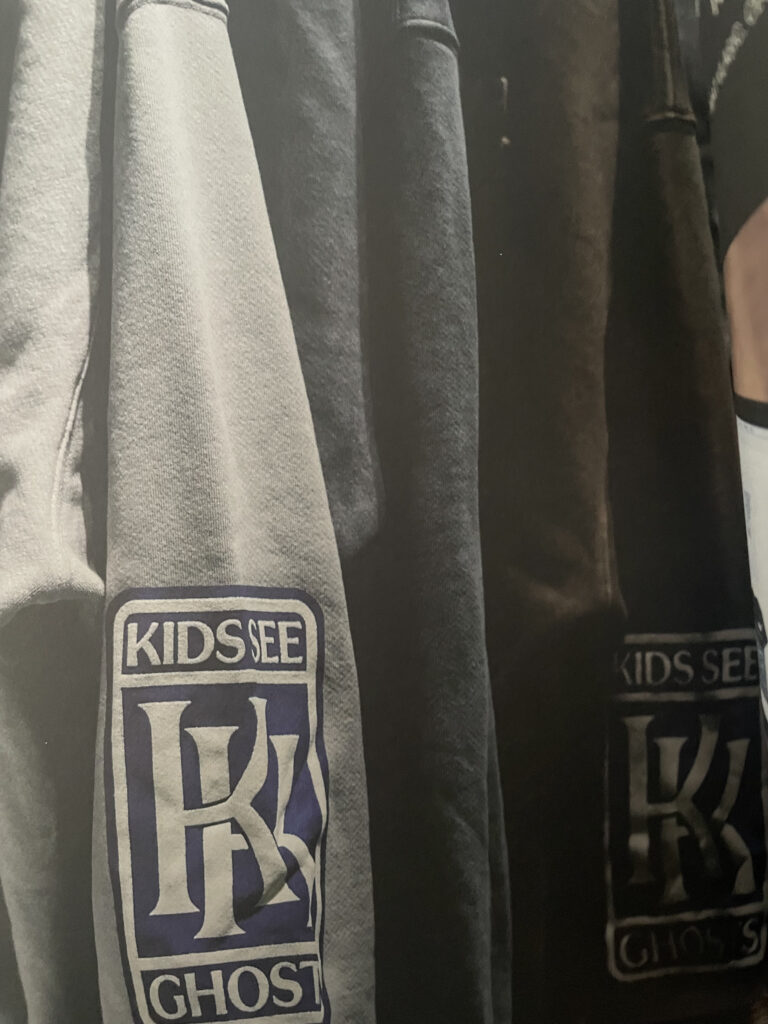
As fashion moves forward, so does personal style and the process of determining how appearances are viewed and curated. Anyone can buy clothes, but few take the time to curate a personalized wardrobe. Curation requires persistence, trial and error, and countless mistakes along the way.
Inspirations, Muses, and Influences
Influence comes from everywhere and anywhere. Fashion is influenced by countless aspects such as nature, art, music, sports, etc. Anyone can be inspired by virtually anything. For example, sports heavily influence numerous aspects of fashion and more specifically streetwear. It wasn’t common to wear sports jerseys outside of game days until hip-hop made it cool and fashionable. Now, wearing a basketball jersey on a random Monday in the middle of the summer is considered the norm.
Art obviously heavily influences fashion. Different types of art inspire looks in countless ways. Abstract art impacts the ability for designers to push boundaries. Fashion has no limits on what can or can’t be done.
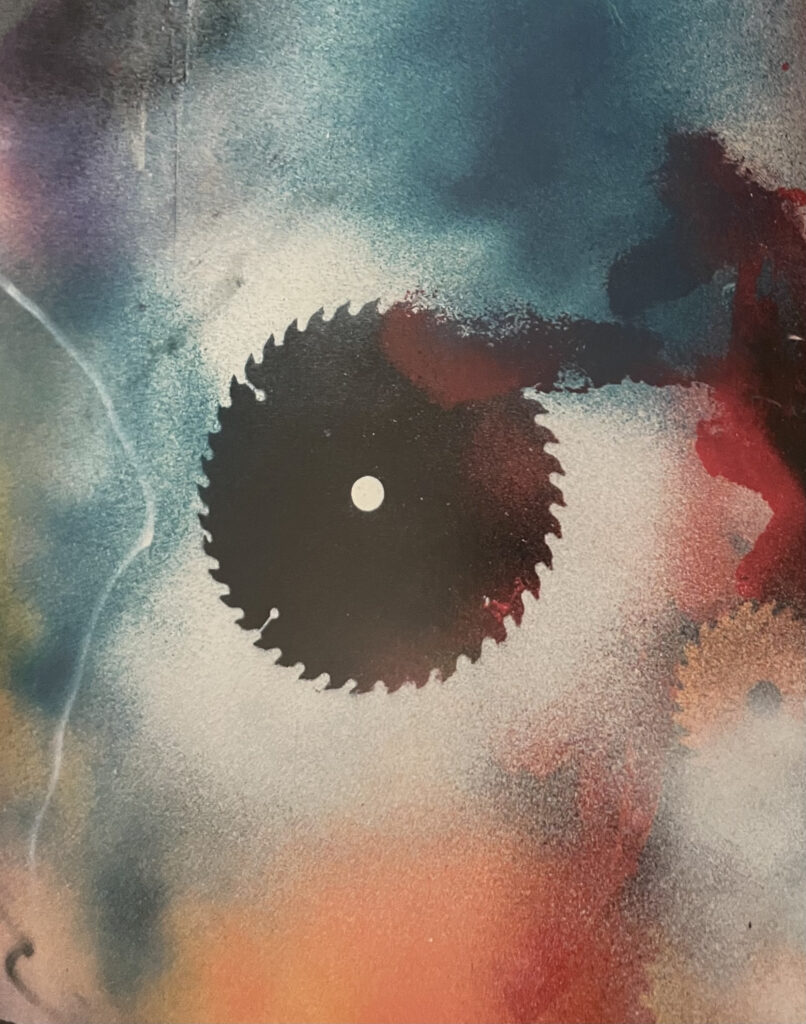
Keeping up with every trend is virtually impossible because of the endless influences and inspirations constantly changing the makeup of fashion and how people around the world wear clothing. Curating your unique personal style is about finding a balance between following (some) trends, wearing what you like, and experimenting with different options.
Even people can be muses for individuals who take their appearance seriously. Rappers, celebrities, and even athletes have room to try out new ideas and fits. Their clothing choices influences countless fans and supporters. Someone who never cared for Adidas suddenly hopped on the bandwagon when they saw the favorite Chicago raised hip-hop artist wear running shoes with street clothes.
Individuals who aren’t celebrities or famous still can have influence on others’ style choices. When we see one of our friends wearing a certain pair of sneakers or an interesting jacket, we may be unconsciously influenced. Those exact sneakers or that jacket might not make their way into our closet, but we may look for something similar without even thinking twice about how we were influenced.
Unique Personal Style: Curation Over Time
Style comes to some easier than others. Anyone can wear clothes. However, the way people wear clothing is more important than the pieces themselves. An all designer fit might not look great if it isn’t styled well. In comparison, a fit composed of clothes from the thrift store may look elevated when put together effectively.

Clothes are meant to be styled and worn uniquely rather than having clothes do all the talking. Many people in streetwear have noticed how trends have become styles. How many of the same sweat suits are posted on Instagram everyday? Clothes should be worn by you rather than having clothes wear you.



